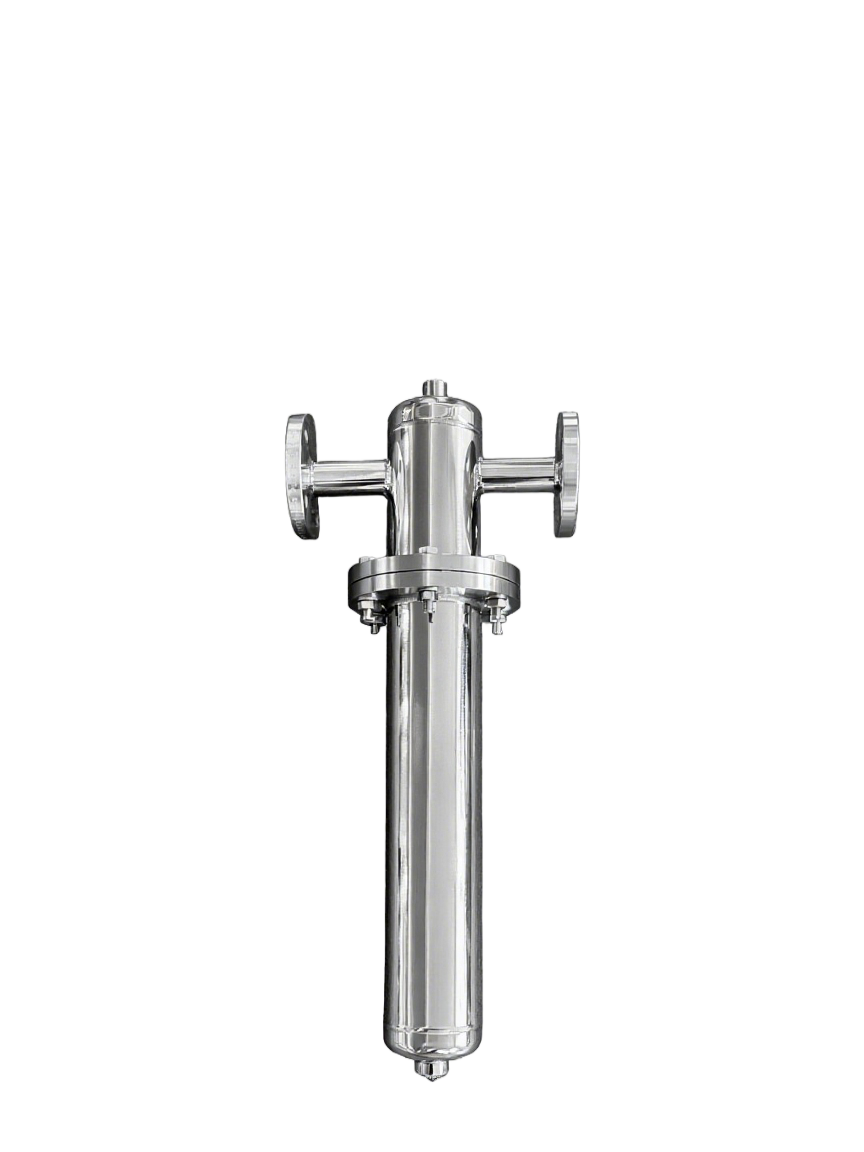Navigating the Router Landscape: Understanding the Distinctions Between Trim Routers and Standard Routers
When it comes to woodworking and cabinetry, the tools you choose can significantly impact the quality of your work. Among these tools, routers play a pivotal role in shaping, trimming, and finishing wood. However, a common question arises among both novice and experienced woodworkers: Is there a difference between a trim router and a standard router? This article delves into the nuances of these two essential tools, exploring their unique features, applications, and the contexts in which each excels.
Understanding the Basics: What is a Router?
Before diving into the specifics of trim routers and standard routers, it’s essential to understand what a router is. A router is a versatile power tool used to hollow out an area in hard material, typically wood. It can create decorative edges, grooves, and joints, making it indispensable in cabinetry and furniture making. Routers come in various shapes and sizes, each designed for specific tasks.
Trim Router: A Closer Look
A trim router, also known as a laminate trimmer, is a compact and lightweight version of a standard router. Typically featuring a smaller motor (ranging from 1 to 1.5 horsepower), trim routers are designed for precision and control in smaller applications. Here are some key characteristics:
- Size and Weight: Trim routers are significantly smaller and lighter than standard routers, making them easier to handle, especially for intricate work or overhead tasks.
- Motor Power: With less horsepower, trim routers are ideal for lighter tasks such as trimming laminate edges, rounding over edges, and creating decorative profiles.
- Base Design: Most trim routers come with a fixed base, although some models offer interchangeable bases for added versatility. The smaller base allows for better visibility and control during detailed work.
- Applications: Trim routers excel in tasks that require precision, such as edge banding, trimming laminate, and creating small decorative profiles. They are also useful for light routing tasks in cabinetry and furniture assembly.
Standard Router: The Heavyweight Champion
In contrast, a standard router is a more robust tool designed for heavier-duty applications. With motors typically ranging from 1.5 to 3.5 horsepower, standard routers can handle a wider variety of tasks. Here’s what sets them apart:
- Power and Versatility: Standard routers are equipped with more powerful motors, allowing them to tackle larger bits and more demanding tasks, such as mortising, dadoing, and shaping larger pieces of wood.
- Base Options: Standard routers often come with both fixed and plunge bases. The plunge base allows for depth adjustments while the router is in contact with the material, making it ideal for creating grooves and mortises.
- Bit Compatibility: Standard routers can accommodate larger bits, which expands their range of applications. This makes them suitable for more complex routing tasks that require significant material removal.
- Applications: Standard routers are perfect for heavy-duty tasks, including creating raised panel doors, cutting large grooves, and performing joinery work. They are the go-to tool for professional woodworkers who require versatility and power.
Key Differences: When to Use Each Tool
Understanding the differences between trim routers and standard routers is crucial for selecting the right tool for your project. Here are some guidelines to help you decide:
- Project Size and Complexity: For small, intricate projects or when working with laminate, a trim router is often the best choice. Conversely, for larger projects that require significant material removal or complex joinery, a standard router is more suitable.
- Precision vs. Power: If your primary focus is on precision and control, especially in detailed work, a trim router will serve you well. However, if you need the power to handle larger bits and more demanding tasks, a standard router is the way to go.
- Portability: If you need a tool that is easy to transport and maneuver, especially for overhead work or tight spaces, the lightweight design of a trim router is advantageous.
Conclusion: Choosing the Right Router for Your Needs
In summary, while both trim routers and standard routers serve essential functions in woodworking, they cater to different needs and applications. Understanding the distinctions between these tools will empower you to make informed decisions, enhancing your woodworking projects' quality and efficiency. Whether you opt for the precision of a trim router or the power of a standard router, investing in the right tool will undoubtedly elevate your craftsmanship and bring your creative visions to life.




